
Plant
17:16, 23-Jan-2019
Life on Plateau: Don't eat the algae that smell like watermelon
Updated
09:56, 27-Feb-2019
By Zhao Ying
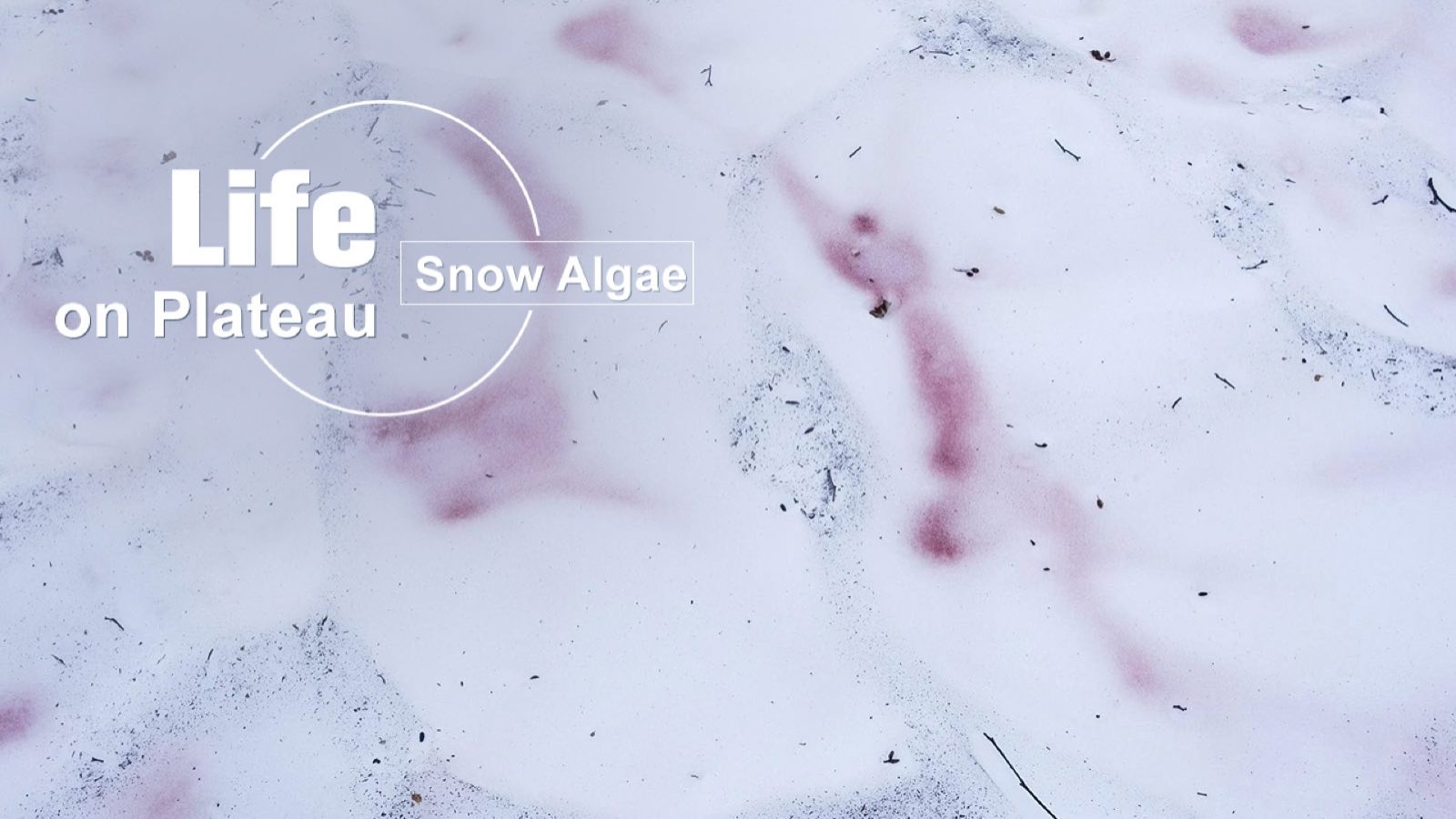
Atop the glaciers of the polar ice caps and in alpine areas worldwide, explorers and naturalists are amazed by the mysterious blood snow in the summer. The earliest record of such a phenomenon can be traced back to Greek philosopher Aristotle, but he gave no explanation for it.
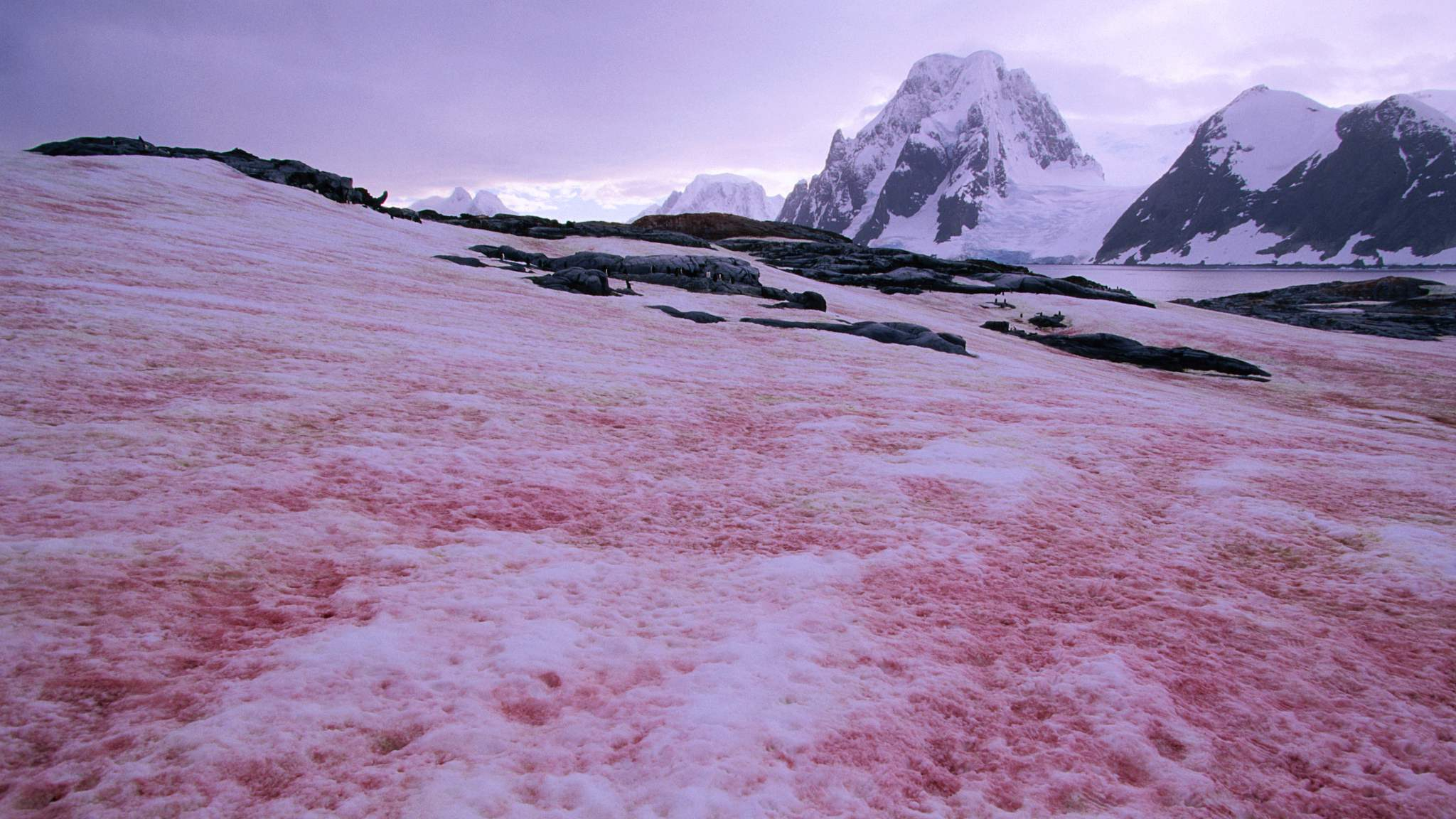
Red algae on the snowfield. /VCG Photo
Red algae on the snowfield. /VCG Photo
The reddish color of the snow is actually caused by a type of green algae (Chlamydomonas nivalis) that contain a red carotenoid pigment. The pigment can protect the algae from intense UV radiation and absorb heat, which helps the algae survive in both alpine and polar regions.
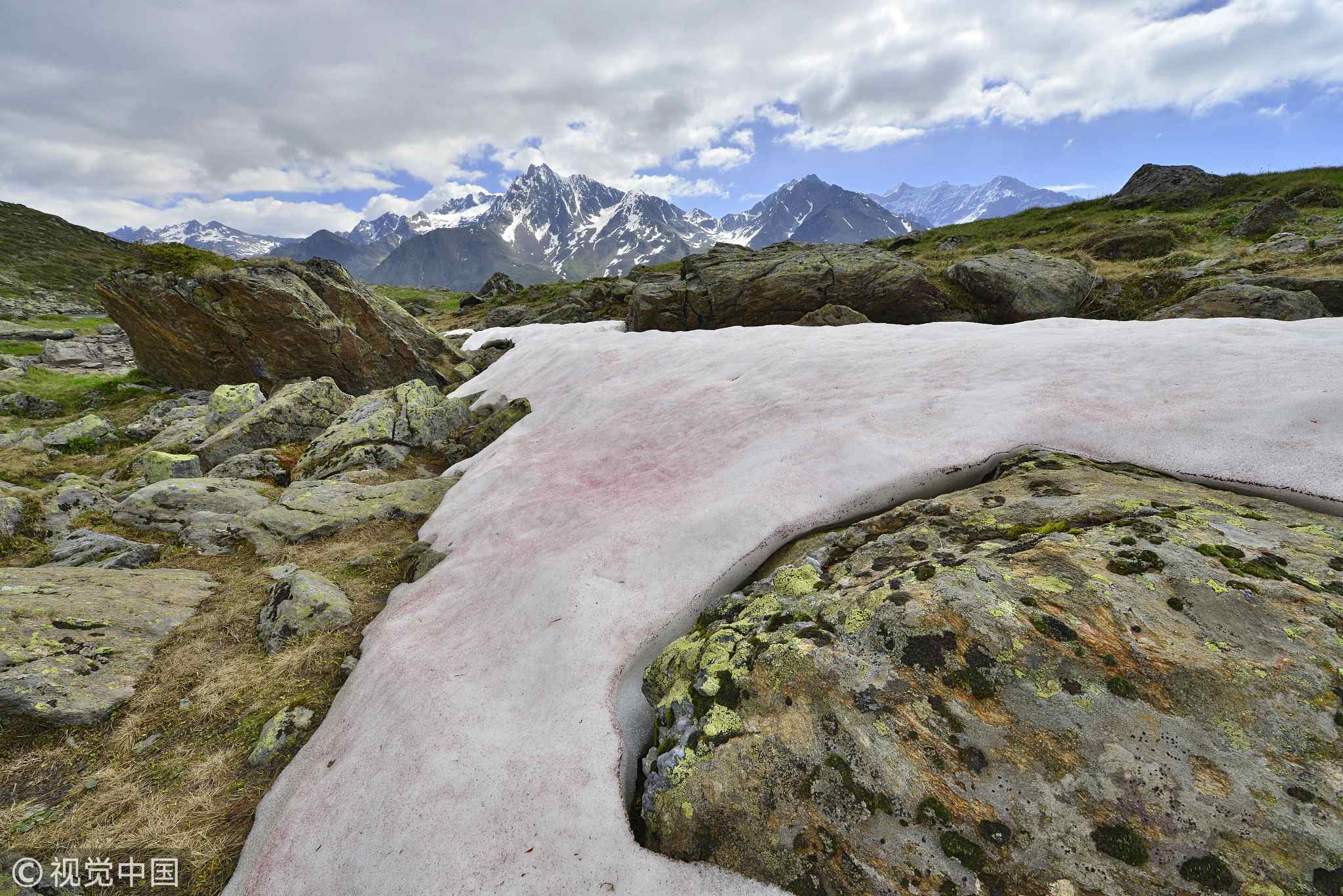
Snow Algae in Tyrol, Austria. /VCG Photo
Snow Algae in Tyrol, Austria. /VCG Photo
Scientists discovered that the pigment in the snow algae could also accelerate the melting rate of glaciers and snowbanks as it absorbs heat. During the winter, snow algae become dormant in the snow. When spring comes and the snow slightly melts, the algae bloom again.
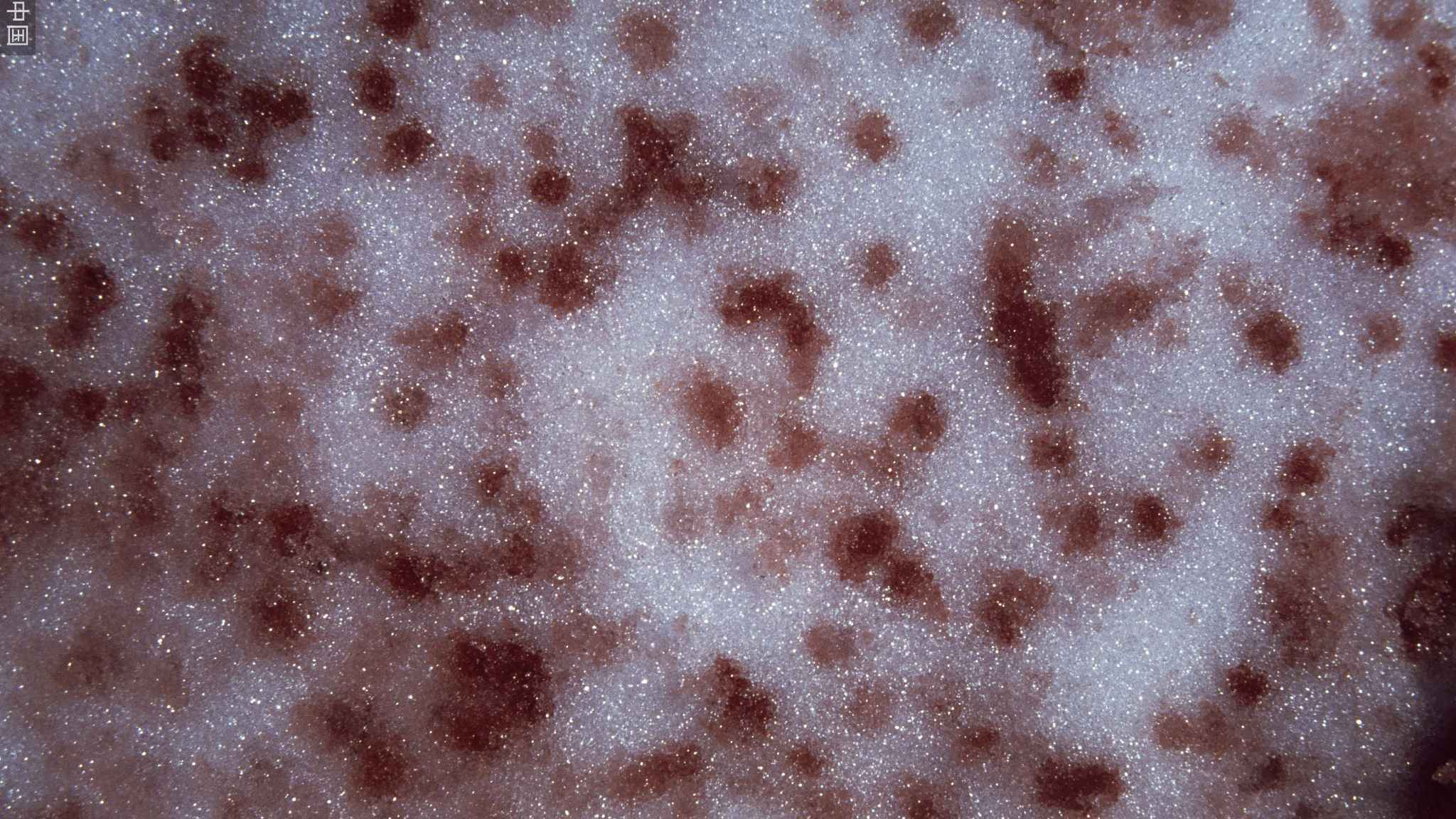
The phenomenon of red snow seen in high mountains or in polar regions. /VCG Photo
The phenomenon of red snow seen in high mountains or in polar regions. /VCG Photo
The snow algae can thrive in freezing water. Many protozoans like ice worms and springtails feed on the snow algae. If you walk in the pink snow, your soles and clothing would be colored with red. Some snow algae near tree canopies in alpine forests may be green.
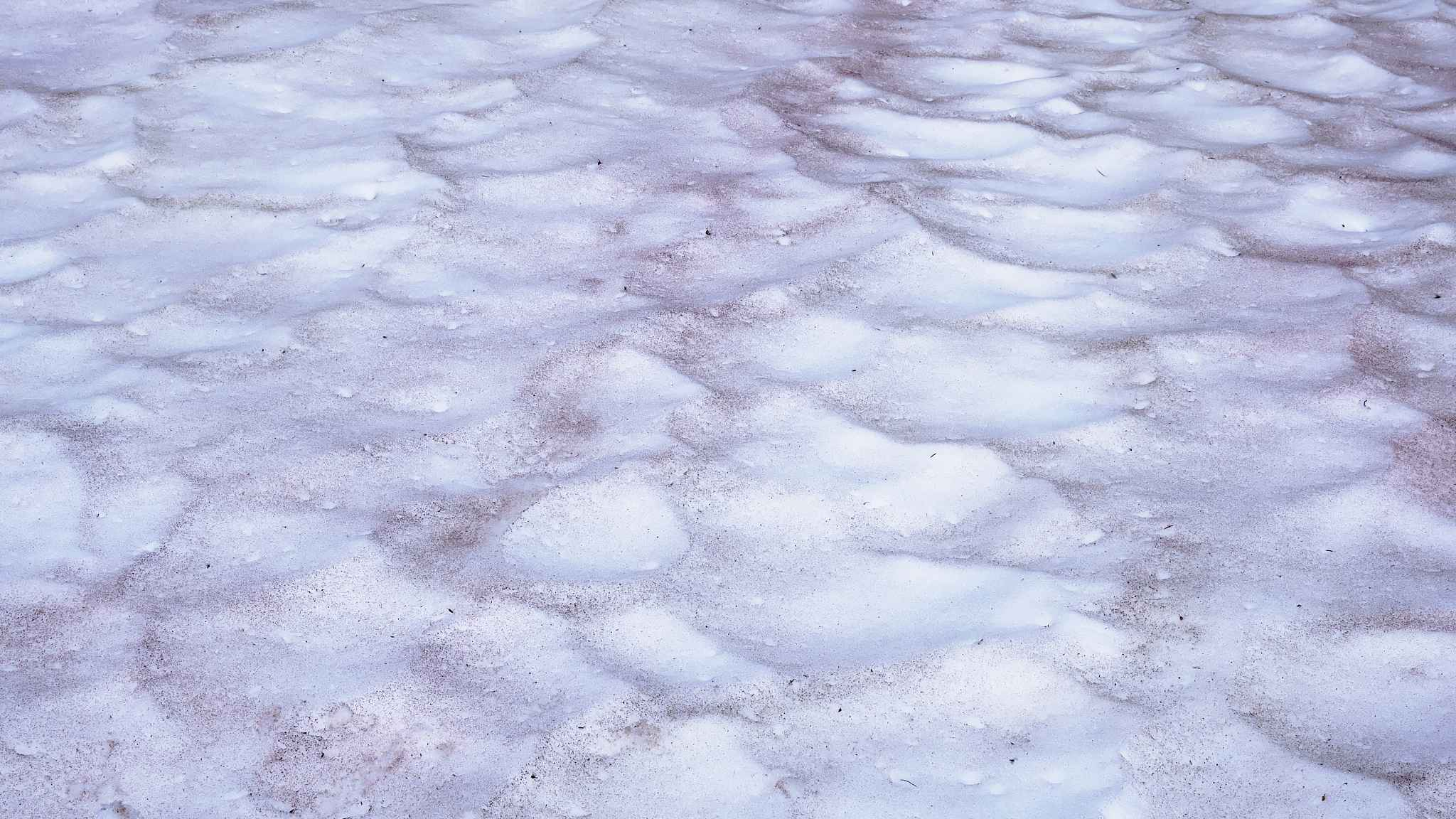
Red algae growing on snow at high elevations. /VCG Photo
Red algae growing on snow at high elevations. /VCG Photo
Even though the pink snow smells like fresh watermelon, it is said that eating them might cause diarrhea, a situation you don't want to be stuck in above the timberline.

SITEMAP
Copyright © 2018 CGTN. Beijing ICP prepared NO.16065310-3
Copyright © 2018 CGTN. Beijing ICP prepared NO.16065310-3